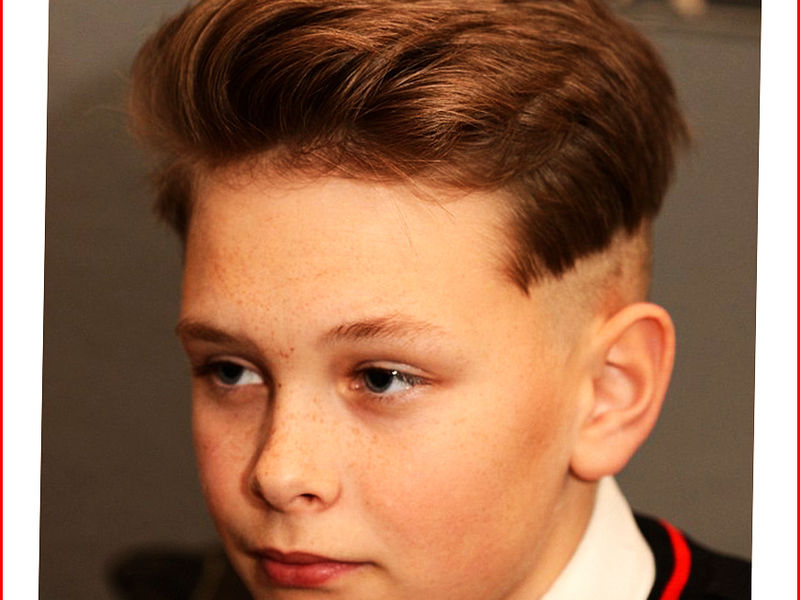
Introduction
Are you ready to embark on a hair-braiding journey that will transform your styling game forever? Whether you’re a complete beginner or looking to enhance your braiding skills, this comprehensive guide will walk you through everything you need to know about creating stunning braided hairstyles.
Understanding the Basics of Hair Braiding
Before diving into specific techniques, it’s essential to grasp the fundamentals that will set you up for success. Braiding is an art form that combines precision, patience, and practice to create beautiful results.
Essential Tools for Braiding
To get started, you’ll need:
- A wide-toothed comb for detangling
- A fine-toothed comb for parting
- Hair ties and small elastic bands
- Bobby pins and hair clips
- Leave-in conditioner
- Edge control or styling gel
- A spray bottle with water
Preparing Your Hair for Braiding
The secret to perfect braids starts with proper preparation. Begin with clean, detangled hair that’s slightly damp but not wet. Apply a leave-in conditioner to keep your hair moisturized and manageable throughout the braiding process. This step is crucial for preventing breakage and ensuring your braids stay neat and tidy.
Basic Braiding Techniques
The Classic Three-Strand Braid
Let’s start with the foundation of all braiding techniques. The three-strand braid might seem simple, but mastering it is crucial for advancing to more complex styles. Here’s how to perfect it:
- Divide your hair into three equal sections
- Cross the right section over the middle section
- Then cross the left section over the new middle section
- Continue this pattern until you reach the ends
- Secure with an elastic band
Pro tip: Keep consistent tension throughout the braid for a polished look.
French Braid Technique
The French braid elevates the classic three-strand braid by incorporating additional hair as you go. This creates a sophisticated look that seems to float on your head.
- Start with a small section at the crown
- Begin a regular three-strand braid
- Add small sections of hair from each side as you braid
- Maintain even tension throughout
- Continue until you reach the nape of your neck
- Finish with a regular three-strand braid
Dutch Braid Method
Think of the Dutch braid as an inside-out French braid. The technique is similar, but instead of crossing sections over, you’ll cross them under:
- Begin at the crown
- Cross sections under instead of over
- Add hair from each side as you go
- Keep the braid close to the scalp
- Maintain consistent tension
Advanced Braiding Styles
Fishtail Braid Tutorial
The fishtail braid creates an intricate, woven appearance that looks complex but is surprisingly achievable:
- Divide hair into two sections
- Take a small piece from the outer edge of one section
- Cross it over to join the opposite section
- Repeat on the other side
- Continue alternating sides until complete
Waterfall Braid Guide
The waterfall braid creates a romantic, cascading effect perfect for special occasions:
- Start a French braid along the hairline
- Drop the bottom section instead of braiding it
- Pick up a new section of hair to replace it
- Continue this pattern around the head
- Secure the end behind your ear
Crown Braid Instructions
Create a regal look with this wraparound style:
- Part hair down the middle
- Dutch braid along the hairline on each side
- Continue braiding around the head
- Tuck ends underneath
- Secure with bobby pins
Protective Braiding Styles
Box Braids Explained
Box braids are a protective style that can last for several weeks:
- Section hair into square patterns
- Apply edge control to each section
- Divide each square into three parts
- Braid from root to tip
- Seal ends with hot water
Cornrows Technique
Cornrows require precision and practice:
- Create clean, straight parts
- Start with small sections
- Use the Dutch braid technique
- Keep braids close to the scalp
- Maintain consistent tension throughout
Maintaining Braided Hairstyles
Daily Care Tips
- Wrap braids in a silk scarf at night
- Use lightweight oils on your scalp
- Avoid heavy products that cause buildup
- Keep edges moisturized
- Use dry shampoo between washes
How Long to Keep Braids In
Different styles have different lifespans:
- Basic braids: 1-2 days
- French/Dutch braids: 2-3 days
- Box braids: 6-8 weeks
- Cornrows: 2-4 weeks
Troubleshooting Common Braiding Problems
- Loose braids: Use smaller sections and maintain even tension
- Bumpy braids: Keep consistent pressure throughout
- Frizzy braids: Apply light styling product and smooth as you go
- Scalp tension: Loosen sections near the hairline
- Uneven braids: Practice section sizing before starting
Conclusion
Mastering hair braiding techniques takes time and practice, but with these guidelines, you’re well on your way to creating beautiful braided styles. Remember to start with basic techniques and gradually work your way up to more complex styles. Keep practicing, and don’t get discouraged if your first attempts aren’t perfect – even the most skilled braiders started somewhere!
Frequently Asked Questions
Q: How do I prevent my braids from getting frizzy too quickly? A: Use a good quality leave-in conditioner before braiding, and apply a light hair oil to your hands while braiding. Also, sleeping with a silk or satin pillowcase helps maintain the neat appearance of your braids.
Q: Why do my braids always look loose and messy? A: The key to tight, neat braids is maintaining consistent tension throughout the braiding process. Practice keeping even pressure as you braid, and try braiding when your hair is slightly damp for better control.
Q: How can I make my braids last longer? A: Prepare your hair properly by ensuring it’s clean and well-conditioned, use appropriate styling products, and protect your braids while sleeping. For protective styles like box braids, proper installation and maintenance are crucial for longevity.














